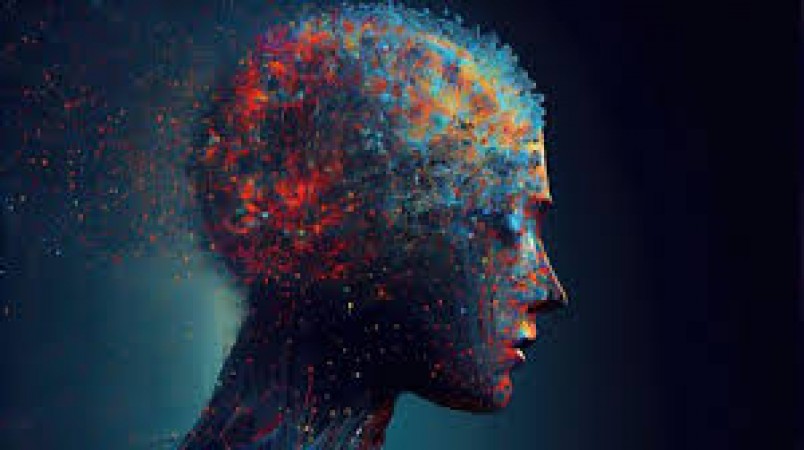
Advancements in technology and artificial intelligence (AI) are pushing the boundaries of what we once thought possible. One such groundbreaking development is the prospect of humans being able to see without traditional eyesight. With the integration of AI into various devices and prosthetics, the future holds exciting possibilities for enhancing human perception and capabilities.
Visual prosthetics, also known as bionic eyes or retinal implants, have long been in development to restore vision for those with visual impairments. However, recent strides in AI have revolutionized these prosthetics, making them more sophisticated and effective. By leveraging AI algorithms, these devices can interpret visual information and transmit it directly to the brain, bypassing damaged or non-functioning eyes.
BCIs are another groundbreaking technology that bridges the gap between the human brain and external devices. Through neural implants or non-invasive techniques, BCIs enable direct communication between the brain and computers or prosthetic devices. In terms of vision enhancement, BCIs can interpret visual signals from cameras or sensors and translate them into perceptible images or sensations in the brain, essentially allowing individuals to "see" without traditional eyesight.
AR glasses and contact lenses empowered by AI are poised to redefine how we perceive the world around us. By overlaying digital information onto the user's field of view, these devices can enhance visual experiences and provide valuable context and assistance in real-time. AI algorithms play a crucial role in processing visual data and tailoring the augmented content to suit the user's needs and preferences.
VR technology offers immersive experiences that can simulate various visual scenarios and environments. By incorporating AI algorithms, VR systems can dynamically adjust the virtual world based on user input and sensory feedback, creating highly realistic and interactive experiences. This technology not only entertains but also has significant potential in rehabilitation and therapy for individuals with visual impairments.
The integration of AI-driven vision technologies has the power to significantly improve the quality of life for individuals with visual impairments or blindness. By enhancing sensory perception and providing alternative means of accessing visual information, these innovations promote independence, mobility, and inclusion in society.
Beyond assisting individuals with disabilities, AI-powered vision solutions have broader implications for society as a whole. By breaking down traditional barriers to communication and access, these technologies foster greater inclusivity and diversity, enabling people of all abilities to participate fully in various aspects of life, including education, employment, and social interaction.
As AI becomes increasingly integrated into our daily lives, concerns regarding privacy and data security become more prominent. AI-driven vision technologies rely heavily on collecting and analyzing vast amounts of visual data, raising questions about consent, surveillance, and potential misuse. It's crucial to implement robust privacy measures and ethical guidelines to safeguard individuals' rights and autonomy.
Ensuring equitable access to AI-driven vision technologies is essential to prevent further exacerbating existing disparities. From affordability and availability to usability and cultural sensitivity, considerations must be made to address the diverse needs and backgrounds of users worldwide. Additionally, representation and diversity in AI development are crucial to creating inclusive and unbiased solutions that serve all members of society effectively.
As we journey into a future where man can see without eyes, collaboration between researchers, engineers, healthcare professionals, policymakers, and individuals with lived experiences is paramount. By fostering innovation, sharing knowledge, and prioritizing inclusivity, we can unlock the full potential of AI-driven vision technologies and empower individuals to overcome barriers and thrive in a more accessible and inclusive world.
While the idea of seeing without eyes may seem like science fiction, rapid advancements in AI and technology are turning this concept into reality. Embracing change and being open to new possibilities are essential as we navigate the evolving landscape of human augmentation and enhancement. By harnessing the power of AI responsibly and ethically, we can harness its transformative potential to enhance the human experience and broaden our understanding of perception and consciousness.
In conclusion, the convergence of AI and vision enhancement holds promise for reshaping how we perceive and interact with the world. By harnessing the power of technology to augment human capabilities, we can transcend traditional limitations and empower individuals to see beyond what was once thought possible.
New Budget Smartphone from Nothing Set to Launch on March 5: Here's What We Know
Visa and Mastercard Cease Business Payments via Cards Following RBI Directives